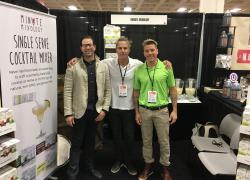New App Makes it Easier to Raise Funds for Your School
But while schools themselves have many ways to fundraise and advocate for expanded federal, state and local budgets, it's parents who increasingly find themselves turning to innovative programs like Box Tops for Education to raise money for things like classroom supplies, technology, field trips and playground equipment. In fact, since its inception in 1996 -when only a select few General Mills cereals were part of a test launch - Box Tops for Education has raised more than $913 million for 70,000-plus schools just by paying 10 cents for every clip submitted from what's now a long list of participating food and household products.
Even better, a new app has simplified the entire process.
No longer do parents, teachers and other community members have to cut out and then physically drop off dozens, or even hundreds, of Box Tops clips at their local school. Instead, they're now able to use the Box Tops for Education app - downloadable for free via iTunes App Store and Google Play - to scan their receipts from any retailer right on their smartphones.
The app automatically recognizes participating products, and funds are instantly added to your chosen school's earnings online. Twice each year, schools receive a check from Box Tops for Education to buy whatever they need.
"When Box Tops for Education began 23 years ago, clipping and mailing Box Tops was the best way for us to run the program," said Erin Anderson, Box Tops for Education's platform manager. "But over the years, technology has advanced at incredible rates, opening up all kinds of new opportunities. By going digital, we will be able to create efficiencies in our fulfillment processes, better understand the health of the program, show supporters their contributions in real time, and attract more brands to participate."
Convenience aside, shoppers using the app have two big advantages:
* The ability to see for themselves, right on the app, how their shopping habits directly impact their schools.
* A chance to win one of five $20,000 makeovers for their school by scanning receipts containing at least one participating product between now and November 15, 2019.
Receipts must be scanned within 14 days of purchase. And as the program fully transitions to a digital format, traditional Box Top clips found on packaging will still be accepted until they expire.
And, yes, "double dipping" is allowed. Meaning, for a limited time only during the packaging transition, savvy shoppers can earn double the cash by submitting traditional Box Top clips to their school's coordinator and also scanning receipts containing participating items through the app. Those without smartphones are encouraged to give their receipts to a friend, neighbor or family member to be scanned on their behalf.
For more information, or to see a full list of participating products, visit www.BoxTops4Education.com.

 - Peripheral arterial disease (PAD) is a common condition affecting more than 12 million people in the U.S. However, symptom recognition is low: 50% of PAD patients have unrecognized symptoms, often brushed off as a result of aging. This September, during PAD Awareness Month, Dr. John Laird, vice president and chief medical officer of Peripheral Vascular Health at Medtronic, breaks down what to know about this common, but often misunderstood, disease.
- Peripheral arterial disease (PAD) is a common condition affecting more than 12 million people in the U.S. However, symptom recognition is low: 50% of PAD patients have unrecognized symptoms, often brushed off as a result of aging. This September, during PAD Awareness Month, Dr. John Laird, vice president and chief medical officer of Peripheral Vascular Health at Medtronic, breaks down what to know about this common, but often misunderstood, disease.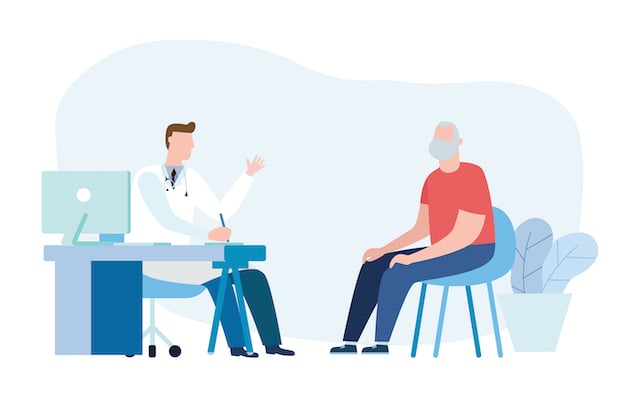
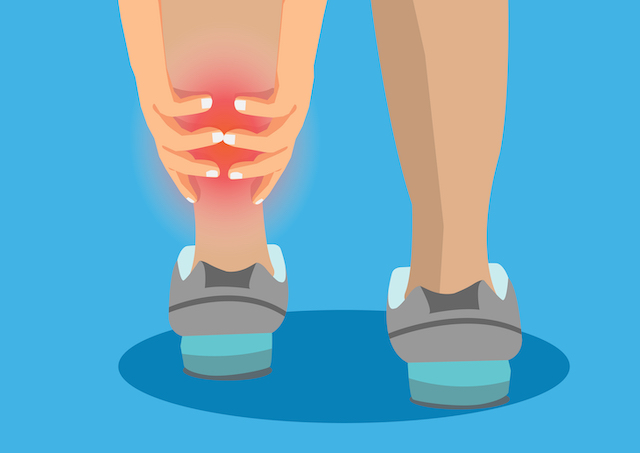
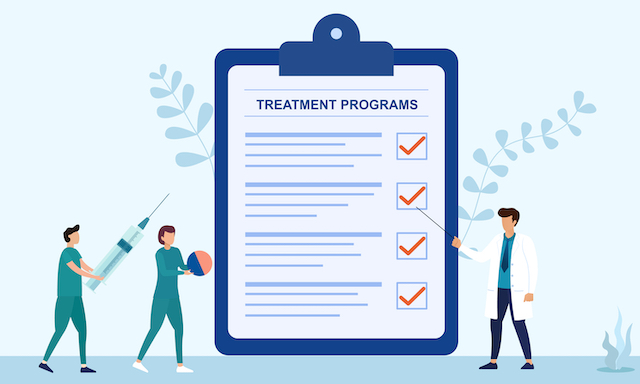
 - Seen one of those Camp Lejeune lawsuit ads lately? Of course you have. Lawyers seeking to represent victims sickened by the water at the North Carolina Marine Corps base have been running them seemingly non-stop ever since Congress passed a law last month allowing cases to finally proceed.
- Seen one of those Camp Lejeune lawsuit ads lately? Of course you have. Lawyers seeking to represent victims sickened by the water at the North Carolina Marine Corps base have been running them seemingly non-stop ever since Congress passed a law last month allowing cases to finally proceed.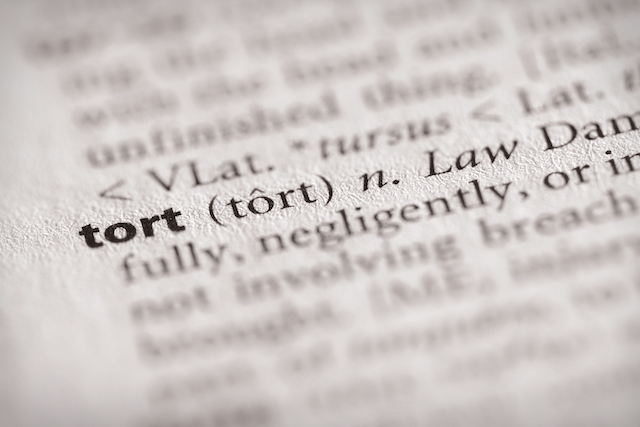
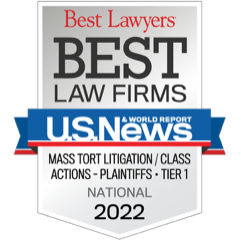



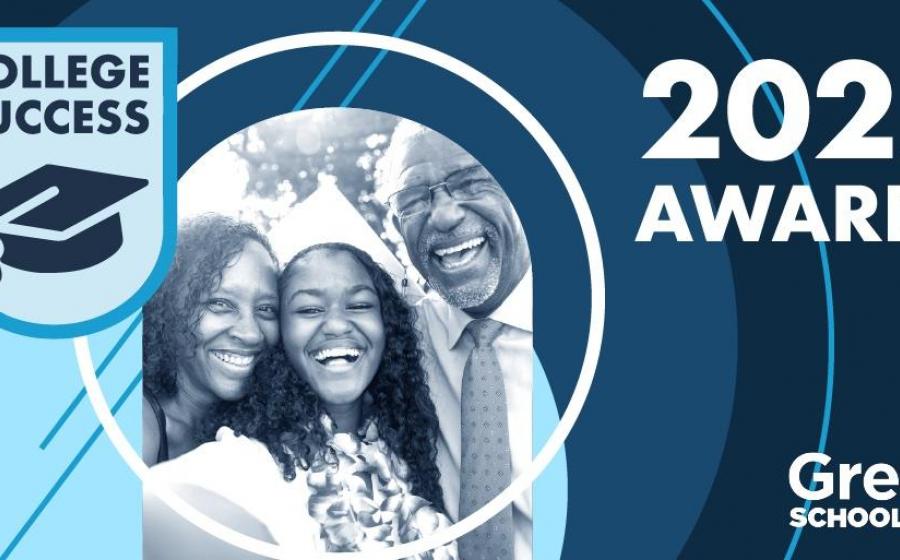
 - Looking for good news about the state of your child’s education? It’s hard to find these days, but parents need hope now more than ever. Recently, the U.S. Department of Education released new data showing that two decades of progress in math and reading were erased. Two decades.
- Looking for good news about the state of your child’s education? It’s hard to find these days, but parents need hope now more than ever. Recently, the U.S. Department of Education released new data showing that two decades of progress in math and reading were erased. Two decades. 
